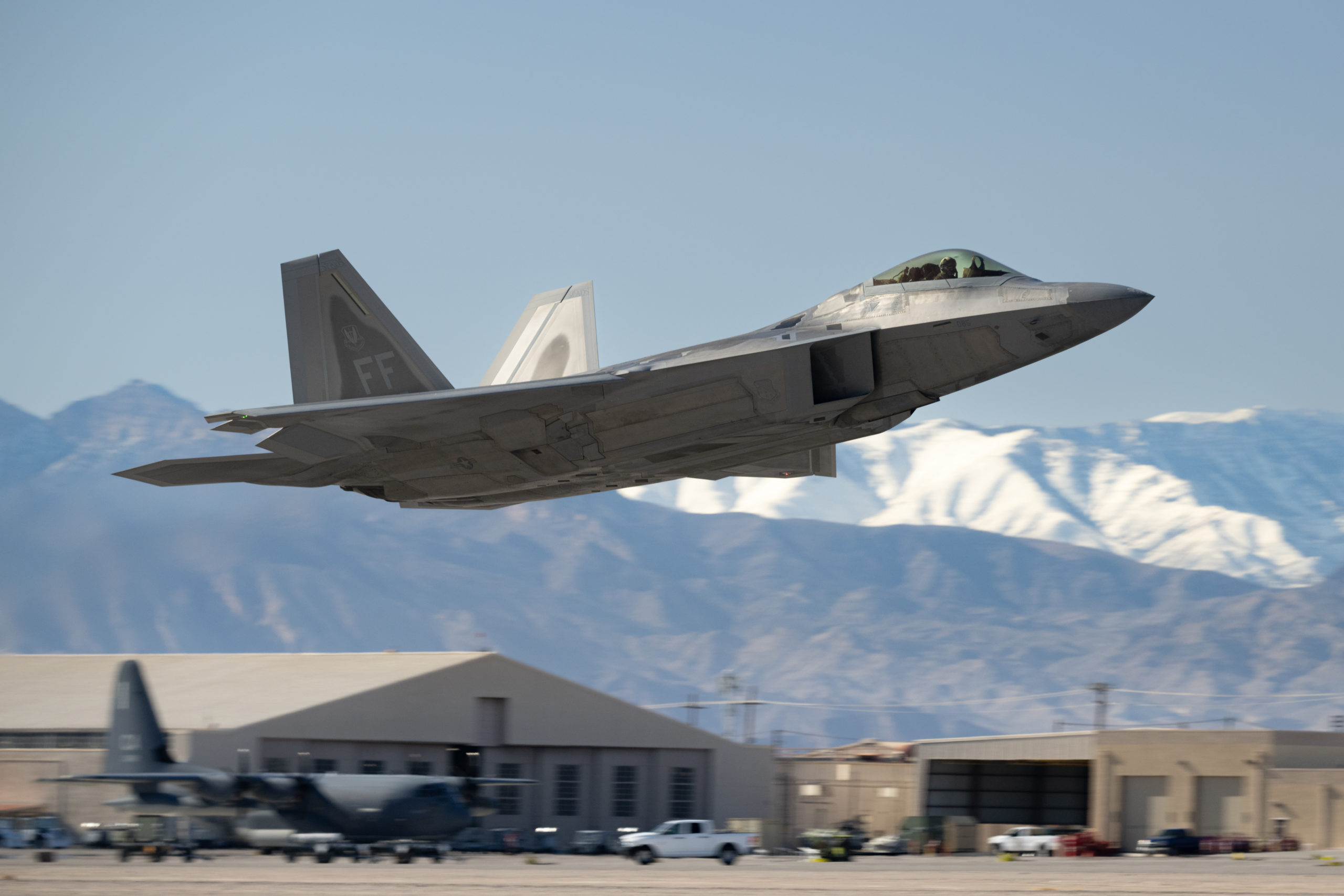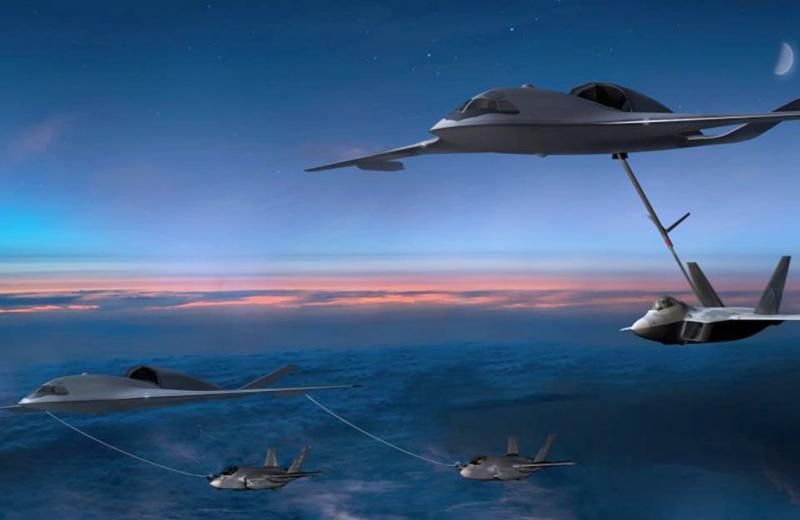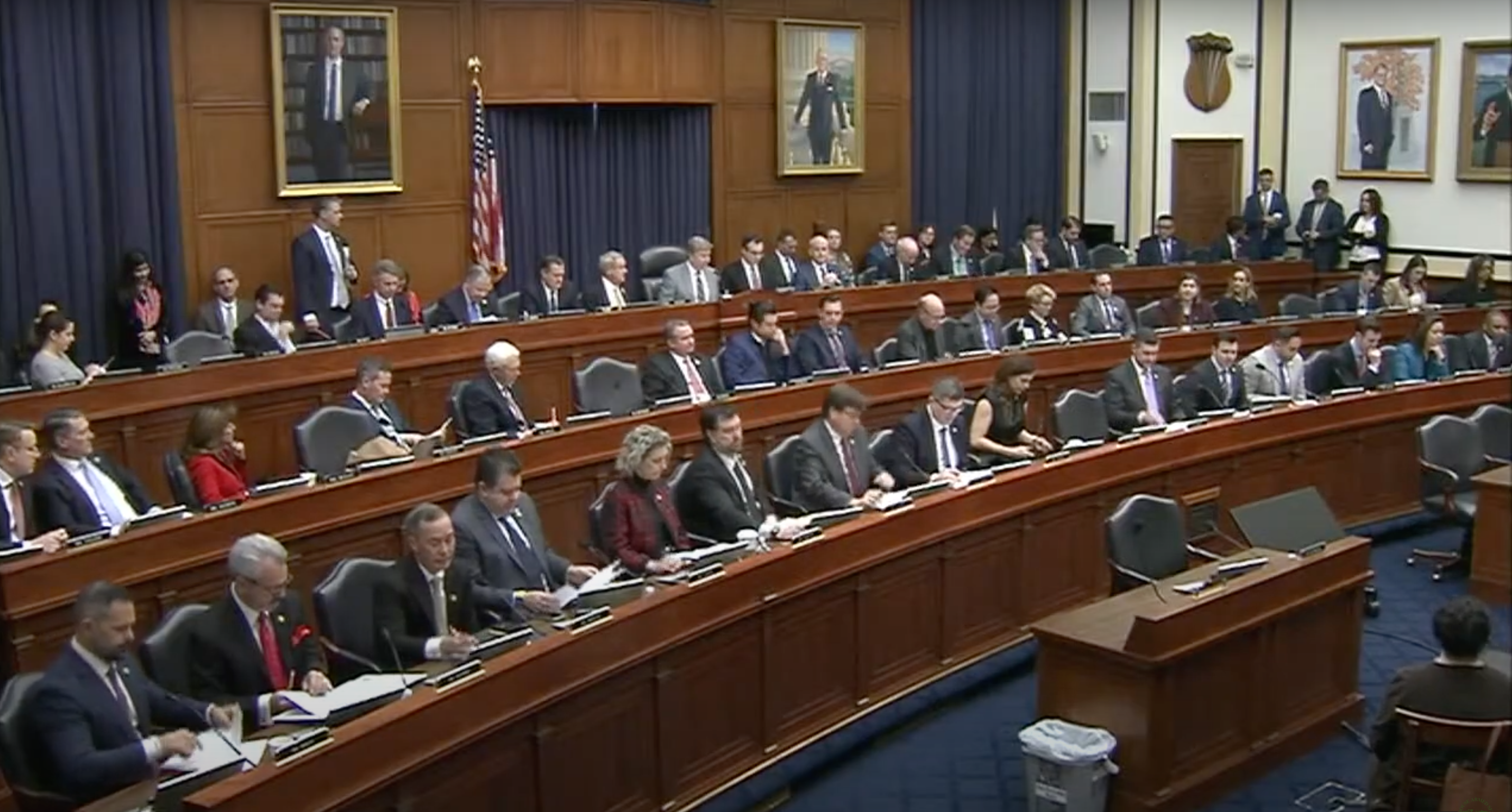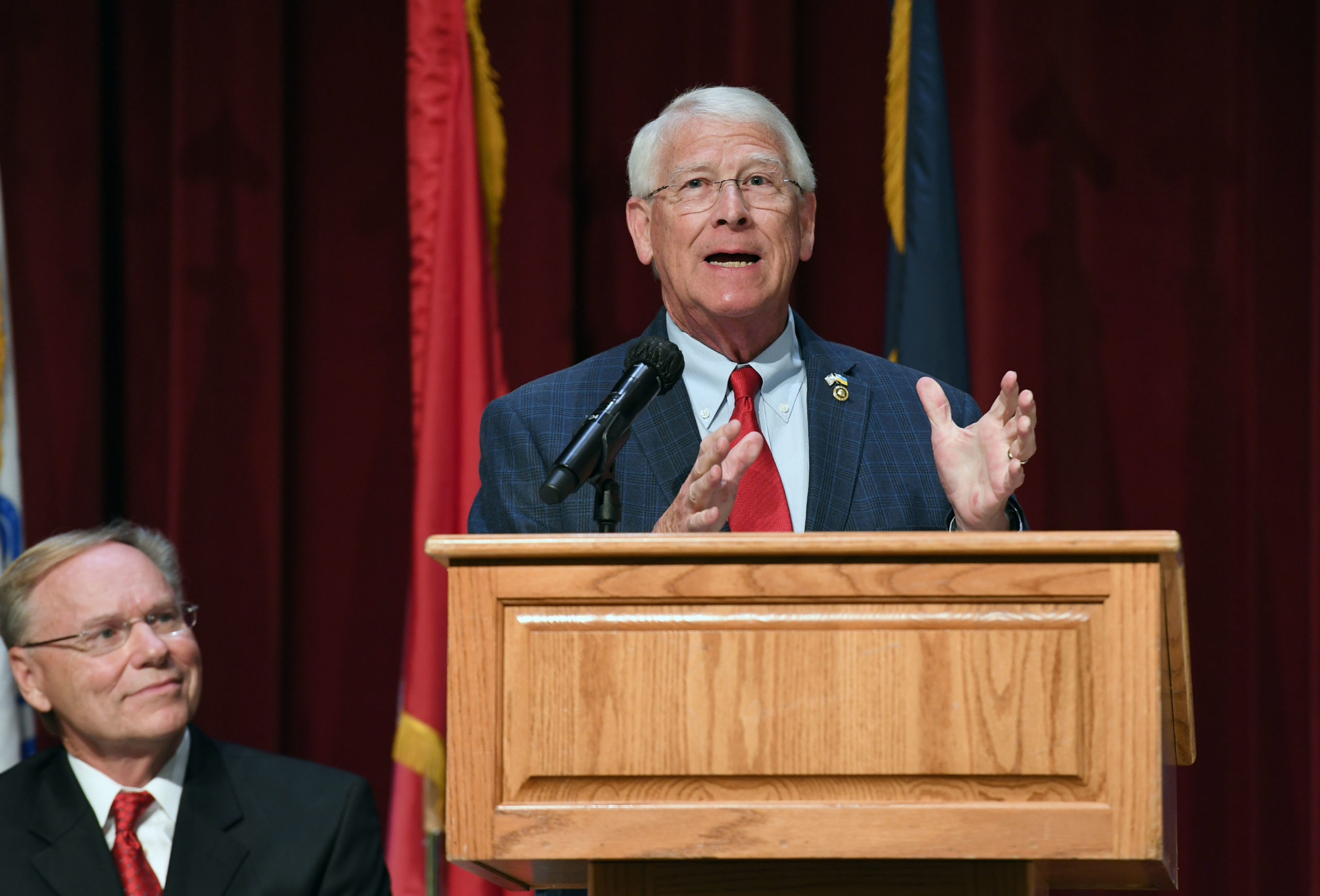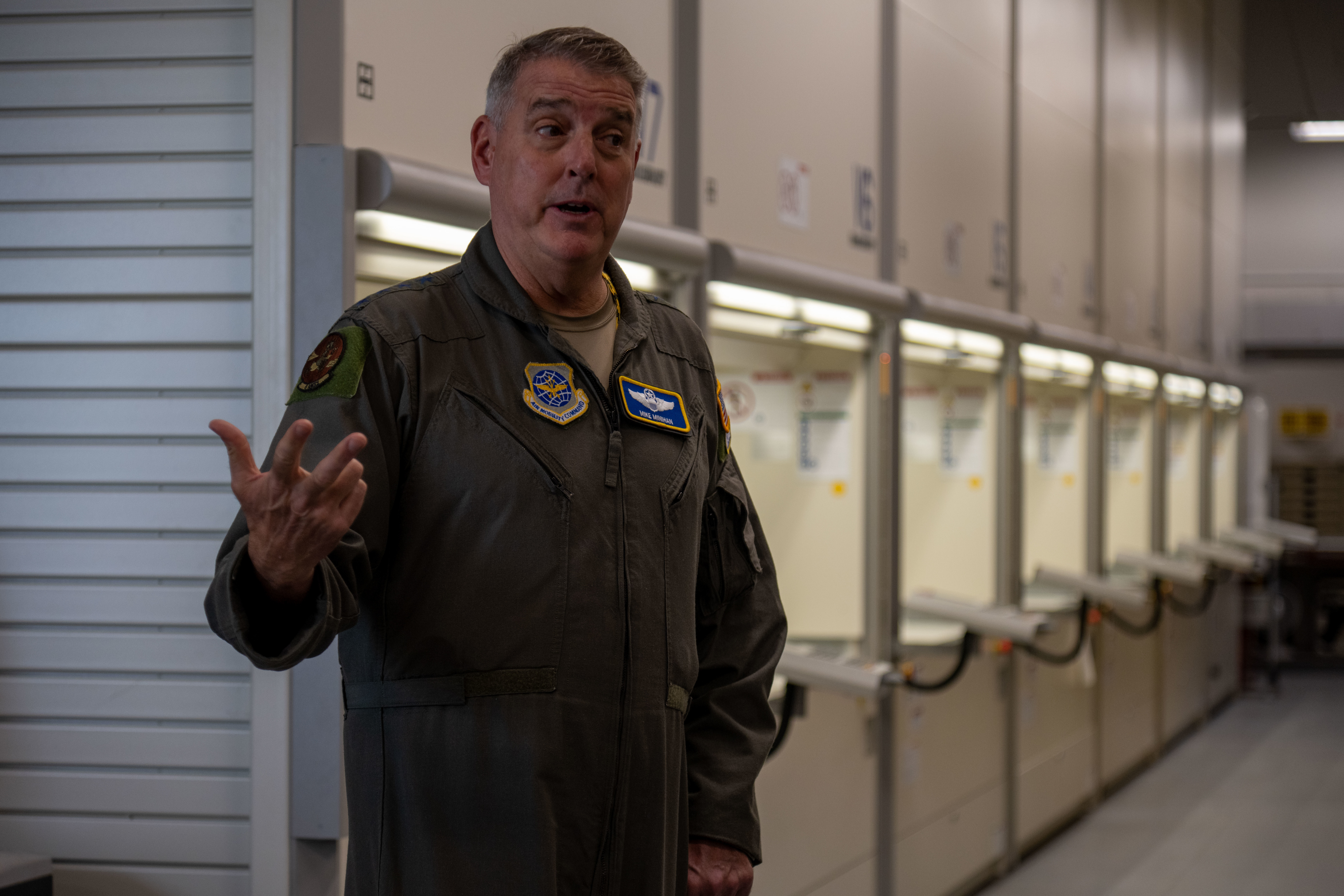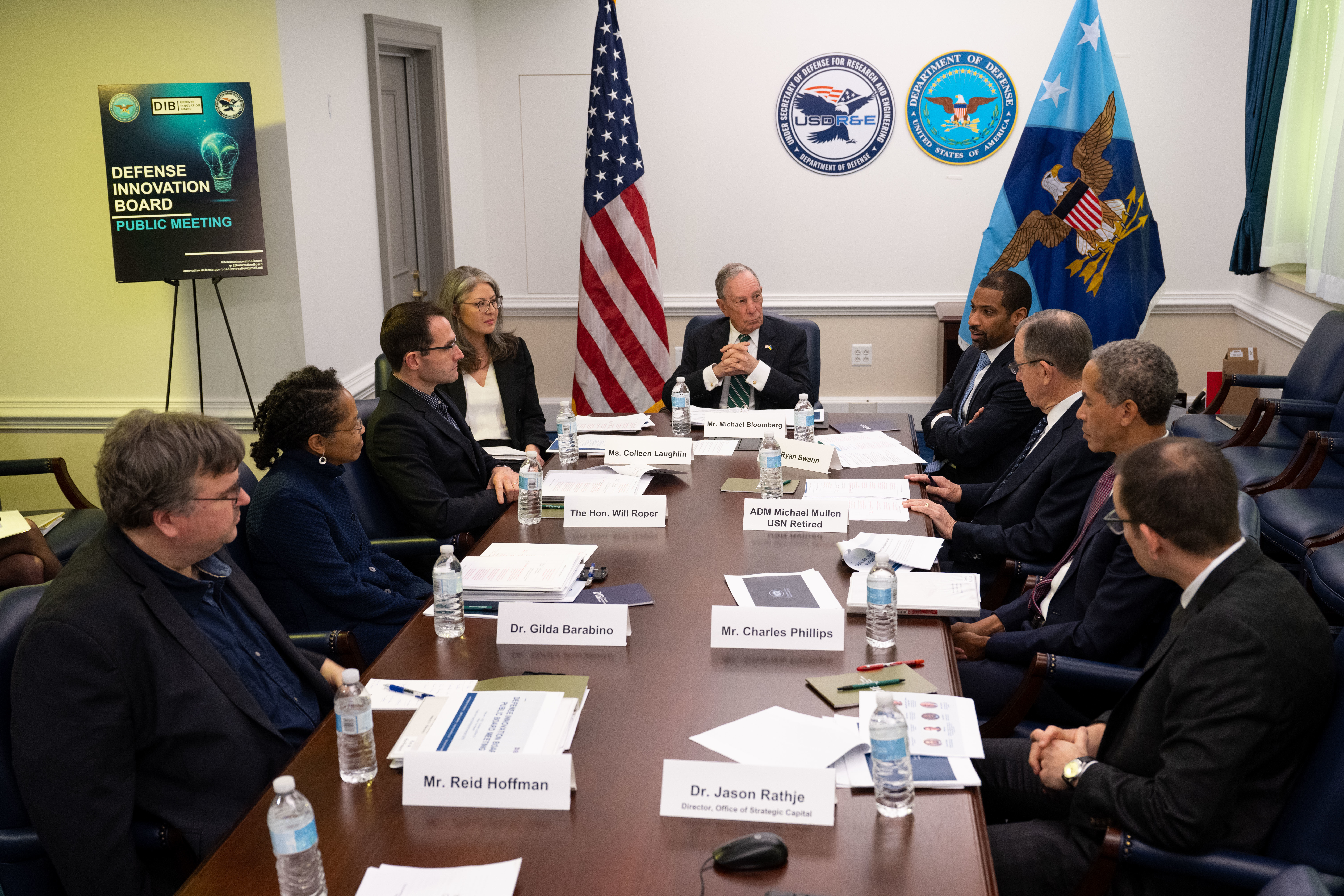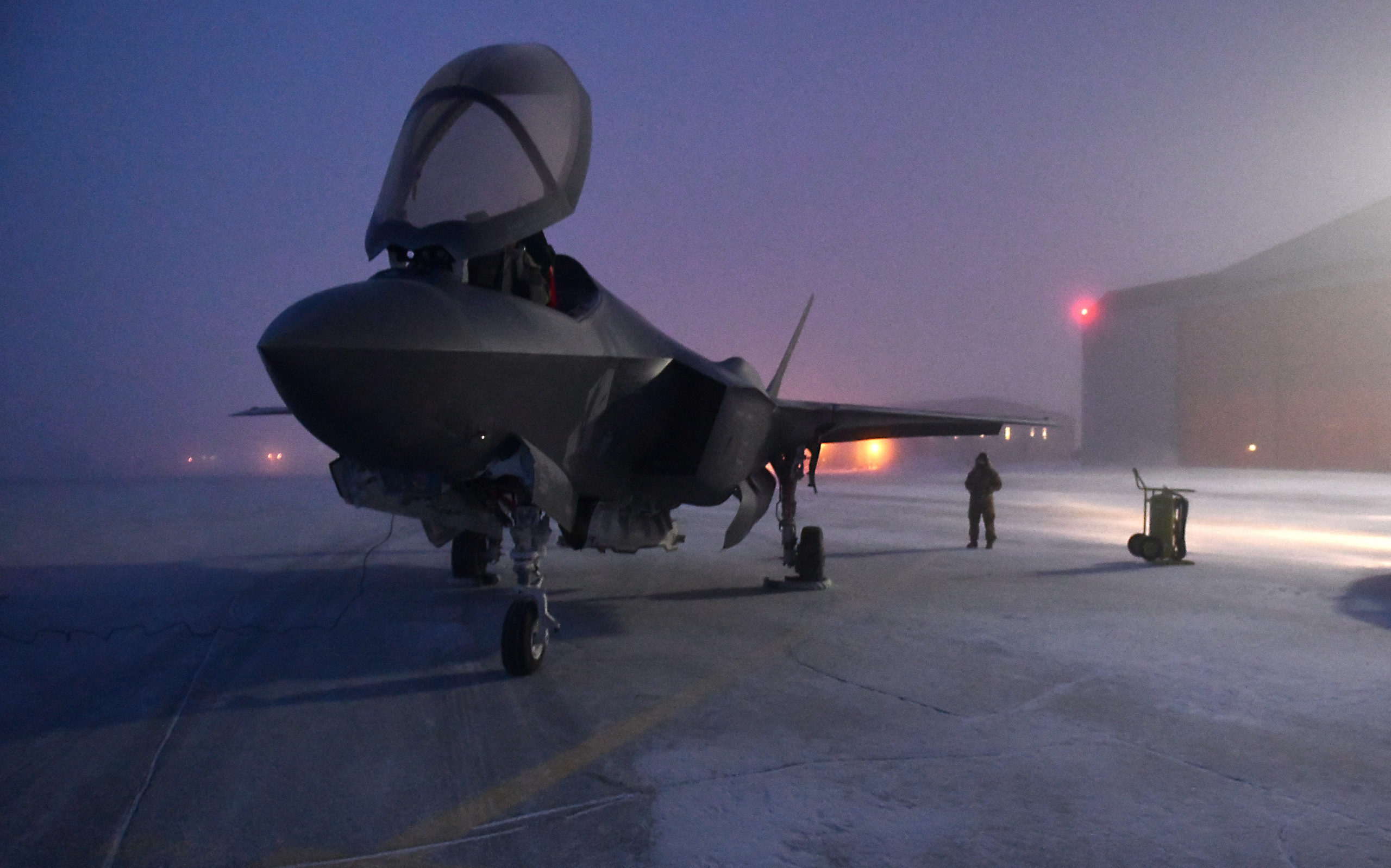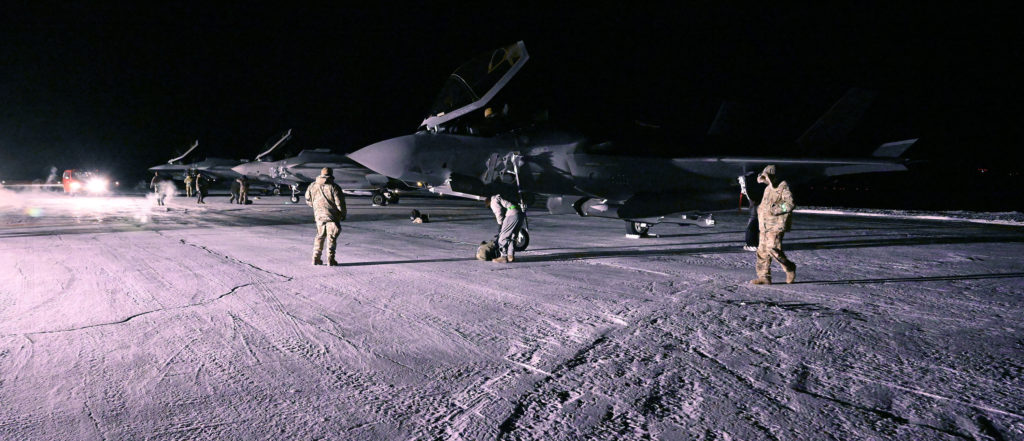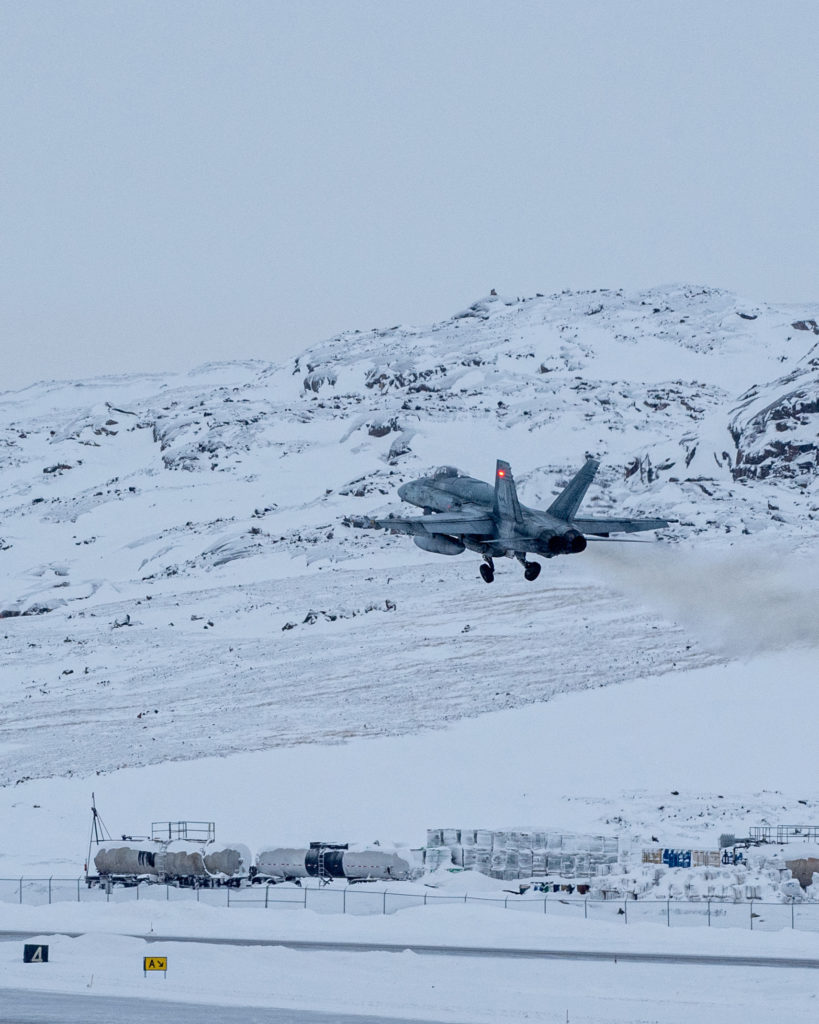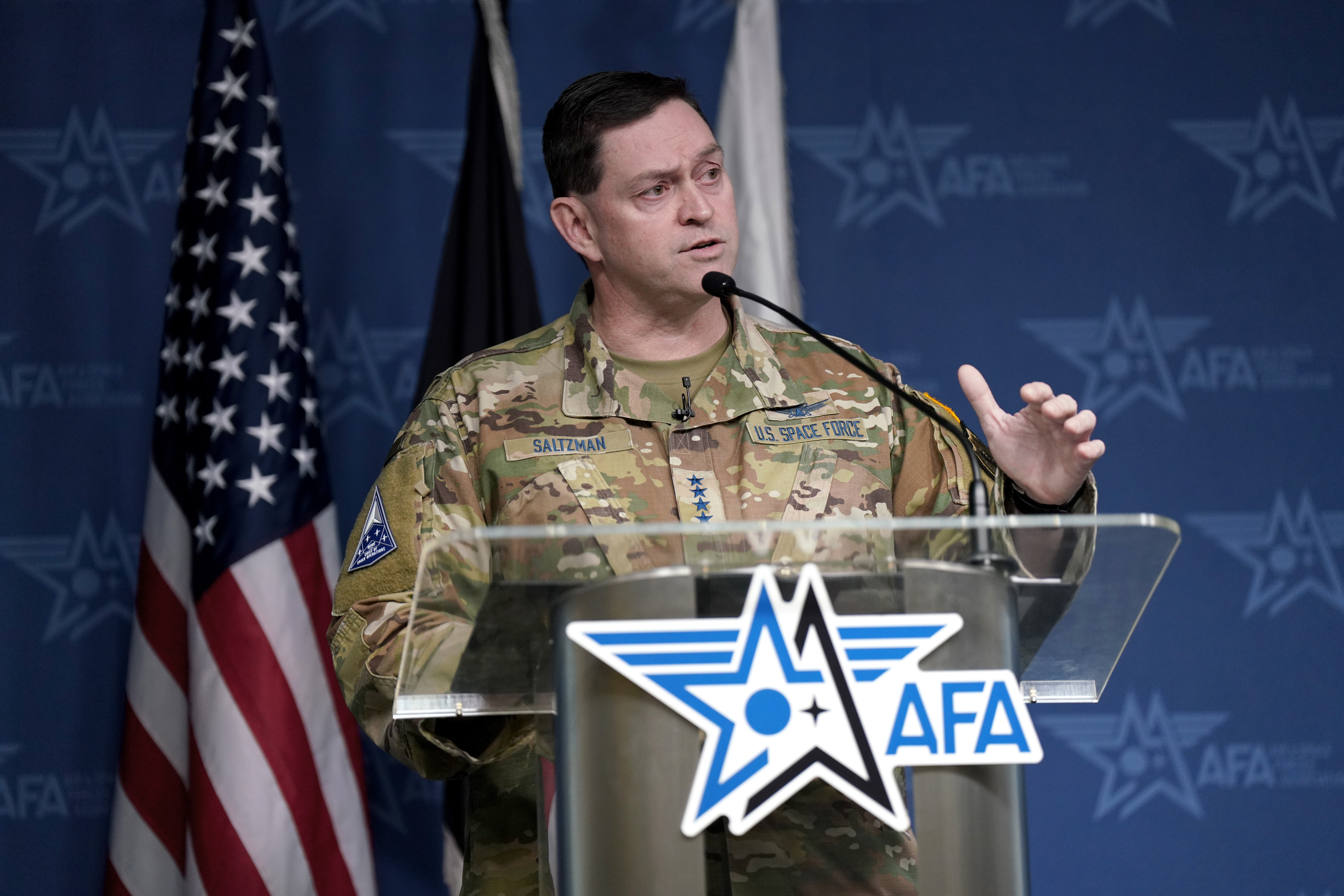NELLIS AIR FORCE BASE, Nev.—The Pentagon is tracking what it says is a Chinese surveillance balloon over the continental United States, it said Feb. 2.
The U.S. military scrambled two Air Force F-22 Raptors from Nellis Air Force Base, Nev. on Feb. 1 in response to the incident, Air & Space Forces Magazine has confirmed. A senior defense official said the U.S. considered shooting the balloon down over Montana.
“We had been looking at whether there was an option yesterday over some sparsely populated areas in Montana,” the senior defense official told reporters Feb. 2. “But we just couldn’t buy down the risk enough to feel comfortable recommending shooting it down yesterday.”
The balloon remains over the U.S., though the Pentagon said they do not think it poses a significant risk.
“The U.S. government, to include NORAD, continues to track and monitor it closely,” Pentagon press secretary Brig. Gen. Patrick S. Ryder said. “The balloon is currently traveling at an altitude well above commercial air traffic and does not present a military or physical threat to people on the ground.”
The U.S. has been “tracking it for some time” after the balloon “entered the continental United States airspace a couple of days ago,” the senior defense official said.
The senior defense official said President Joe Biden was briefed on the balloon and asked for military options. Secretary of Defense Lloyd J. Austin III, who was on travel in the Philippines, convened top senior military leaders, including Chairman of the Joint Chiefs of Staff Gen. Mark A. Milley and Air Force Gen. Glen D. VanHerck, the head of North American Aerospace Command (NORAD) and U.S. Northern Command (NORTHCOM).
The senior defense official said Milley and VanHerck recommended “not to take kinetic action due to the risk to safety and security of people on the ground from the possible debris field,” which led to Biden deciding not to use force against the balloon. According to the Pentagon, the balloon is still at a “high altitude” over the continental U.S., though they declined to specify its protected flight path or current location.
A ground stop occurred Feb. 1 at the airport in Billings, Mont. according to air traffic control data, where the senior defense official noted the U.S. considering shooting the balloon down. Residents in Montana noted an unusual object in the sky, according to local media reports. A user on Twitter captured a video of the two F-22s refueling over Utah.
The Air Force maintains intercontinental ballistic missile fields across a wide swath of Montana, as part of the 341st Missile Wing at Malmstrom Air Force Base, Mont.—one of three American strategic nuclear ICBM bases.
“Clearly the intent of this balloon is for surveillance,” the senior defense official said. “And so the current flight path does carry it over a number of sensitive sites.”
The U.S. is confident the balloon is from the People’s Republic of China, Pentagon officials said.
“I’m not going to go into all the ways in which we know that it’s a PRC balloon,” the senior defense official said. “I will just say we have very high confidence that this is a PRC balloon. Very high confidence. So we do not doubt that this is a PRC balloon. And that is an assessment shared across our intelligence and analytic community.”
The Pentagon declined to provide exact details on the size of the balloon, though the senior defense official said it was “sizable” and would have posed a risk to civilians on the ground if it was shot down due to its size and height. The senior defense official noted reports of pilots spotting the balloon.
Ryder said “instances of this kind of balloon activity have been observed previously over the past several years.”
The senior defense official noted, however, that the balloon was staying over the U.S. longer than in previous cases.
“It is not the first time that you had a balloon of this nature cross over the continental United States,” the senior defense official said. “It has happened a handful of other times over the past few years, to include before this administration. It is appearing to hang out for a long period of time this time around, more persistent than in previous instances.”
The incident comes at a sensitive time. Secretary of State Antony J. Blinken was due to travel to China in the coming days in an effort to open channels of communication between the two countries. It is not clear if that visit will go ahead. High-level military-to-military talks between China and the U.S. have not occurred despite a recent public plea by Austin after a Chinese jet intercepted a U.S. Air Force RC-135 over the South China Sea in what the Pentagon said was an unsafe manner. The Pentagon said they were unsure what motivated the Chinese to send a spy balloon over America.
“I don’t know why they did what they did,” the senior defense official said. “I will say that the past number of times it did not loiter over the continental United States for an extended period of time. It’s different. And precisely why they made the decision to make this different I think really is a question for them.”
